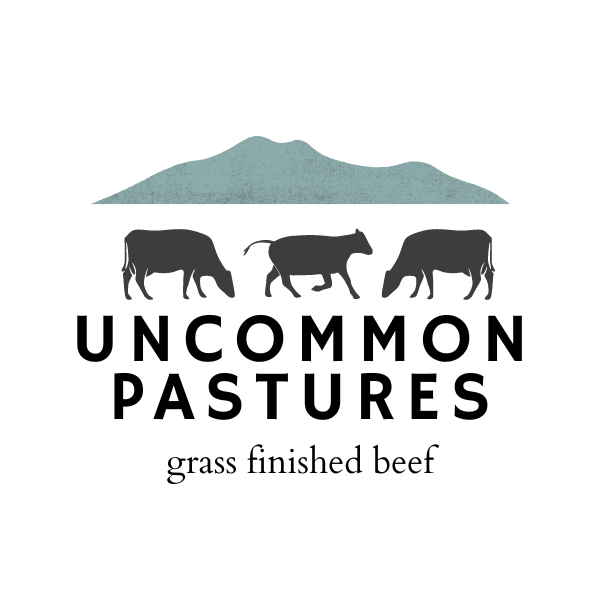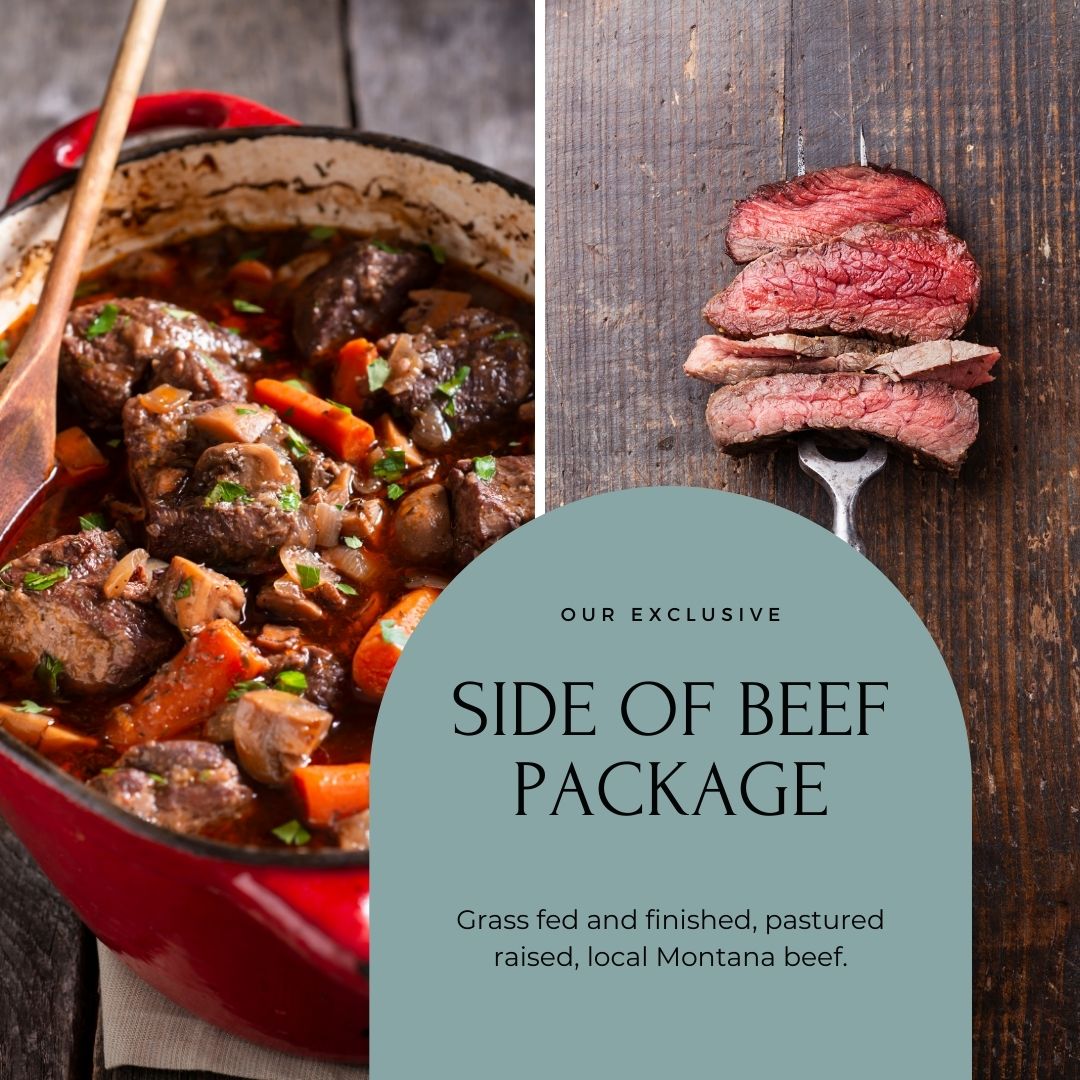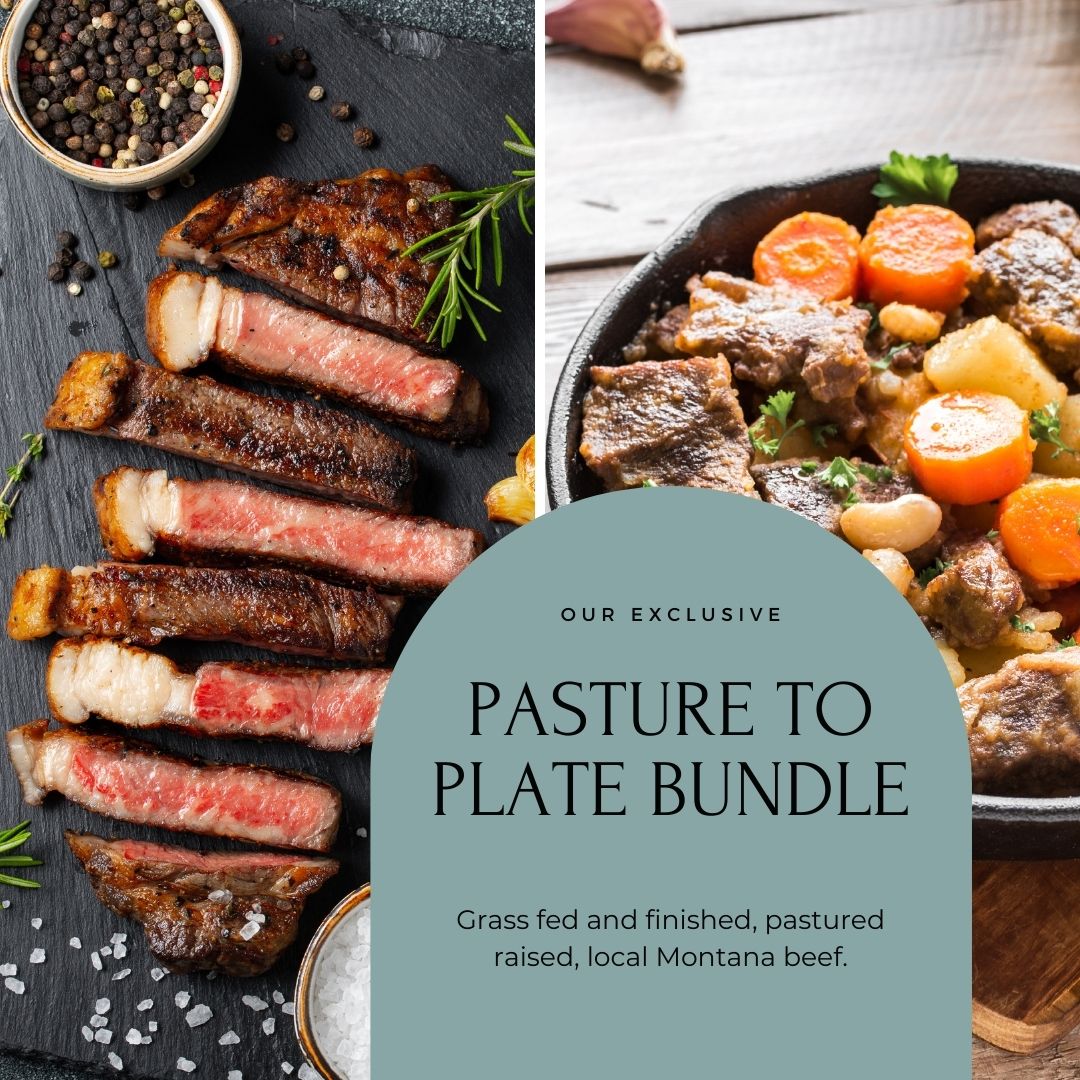If you Google it, you may find as I did that terroir is a French word ...
terroir
[ ter-wahr; French ter-war ]
noun
the environmental conditions, especially soil and climate, in which grapes are grown and that give a wine its unique flavor and aroma:
the high quality of the region’s terroir.
Also called goût de ter·roir [gooduhter-wahr; gooduhter-war] . the unique flavor and aroma of a wine that is attributed to the growing environment of the grapes.
the conditions in which a food is grown or produced and that give the food its unique characteristics:
grass-fed beef with an Idaho terroir.
(Source: dictionary.com)
But, why does it matter?
Since around the 1950s, our country has put a lot of energy into making food cheap and making everyone believe a carrot is a carrot or a pound of beef is a pound of beef.
But that's not really true it is.
We don't think a car is a car (a Honda Civic is not a Land Rover, am I right?)
Or, a shoe a shoe. We know there are real differences behind the quality of items based on what was put into it. Whether it be time, craftmanship, or precious resources (think a Rolex vs. a Timex).
Now, I'm not necessarily the type to pay a high price tag for a bottle of wine, but if I wanted to buy a nice bottle for a special occasion I would look to price to help be my guide.
What does this have to do with Terrior, you ask?
You see terrior doesn't matter if you believe there are no real differences in food and that price differences are explained solely by marketing gimmicks.
If however, you are not impressed by the uniformity that our industrial food supply has been able to accomplish amongst all feedlot finished beef, then you might be interested in this quality of your food.
The big four monopoly meat packers in our country (JBS, Tyson, National Beef and Cargill) are very impressed with themselves because all the beef has been standardized.
However, the secret behind how and why is not that exciting. All the grocery store beef taste the same despite the fact that the cattle start in diverse fields all across the country because of the finishing ration they're put on.
Feedlot beef are finished on rations of GMO mono-crops and other industrial by-products such as distillers grain, and soybean meal that's been subjected to the solvent hexane, corn gluten, hydrolyzed feather meal, and candy such as Skittles. While there are some differences here and there in the specific mixtures, the end results are the same. The cattle get fat unnaturally fast. And, the rational behind these 'feedstuff' choices are strictly related to cost cutting.
On the other hand, beef finished on grass are deeply tied to the land they've been fed from. In this way, beef from these grass finished cattle is like a fine wine.
I don't know much about wine terrior but I understand the concept. Vineyards are tied to the soil that sustains them and the quality of the wine is tied to the quality of the grapes. Wines from California, Italy, Spain and France will all have distinct taste differences based on the part of the world and the soils they came from.
The same is true of grass finished beef and other grass based proteins. Grass fed beef from Montana finished in the fall will taste different from grass finished beef out of Georgia in June.
Another factor to take into consideration is diversity of forages. Joel Salatin is known for talking about salad bar beef. The idea being that if cattle are finished on a narrow variety of grasses the final product will be bland and lacking in flavor. Conversely, if beef are finished on a varied and diverse diet of native perennial grasses, well that's superior beef. And a discerning eater with a refined palate will be able to taste and appreciate the difference.
Final thoughts on terrior in grass finished beef; I love how there are real differences in nutrients and taste that tie us to our place in the world. Is this not the essence of eating and living local?
So, can you taste well cared for Montana pastures in your beef?
If not, you should consider giving our beef a try. We grass finish our beef entirely in Sweet Grass county Montana. Their pastures are fed by clean snow-melt waters from the Crazy Mountains and are full of diverse perennial grasses.



